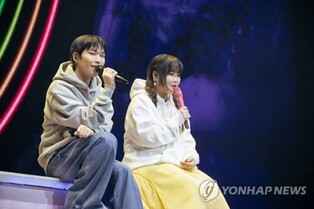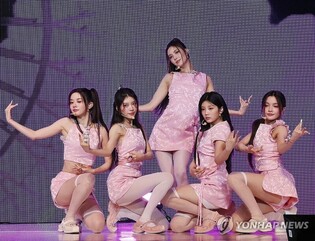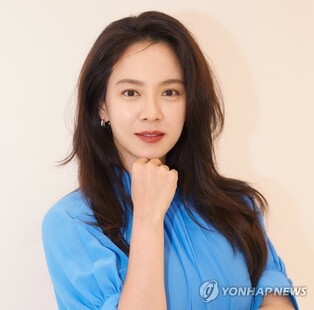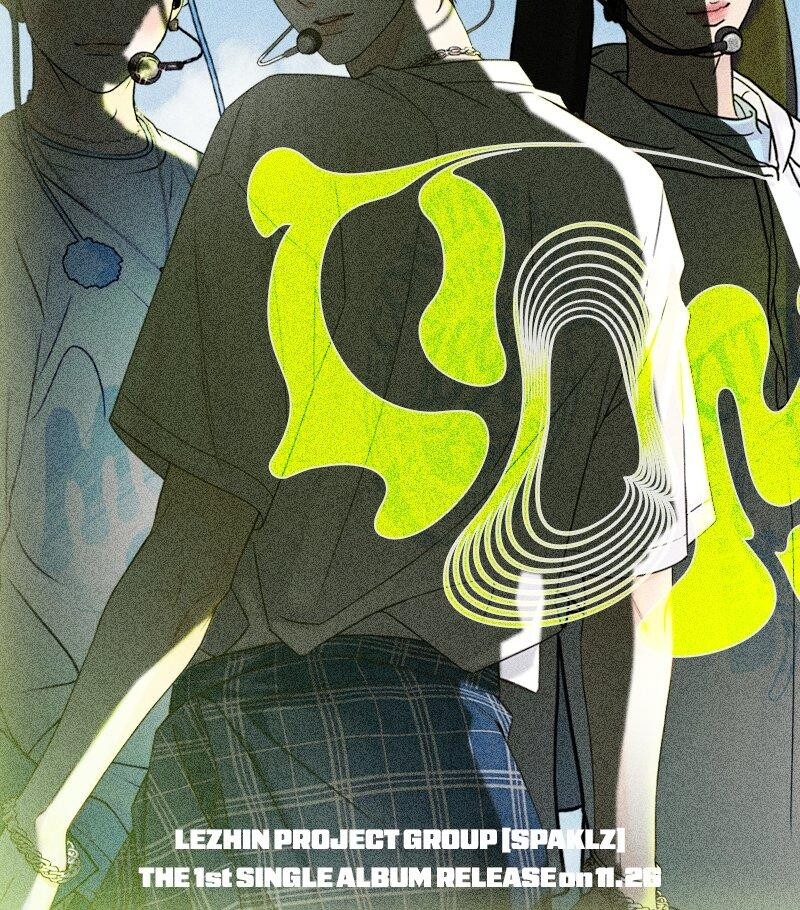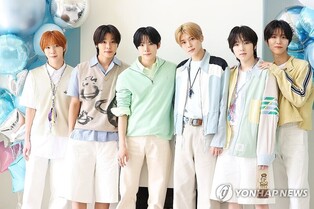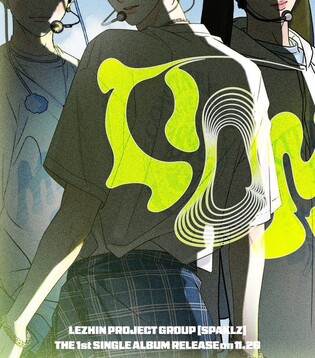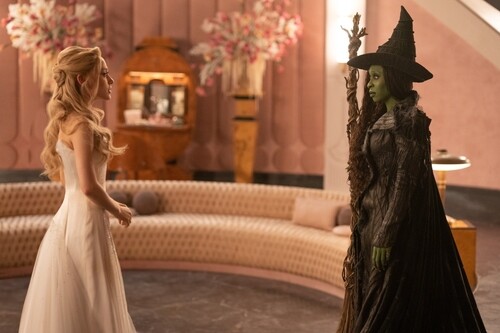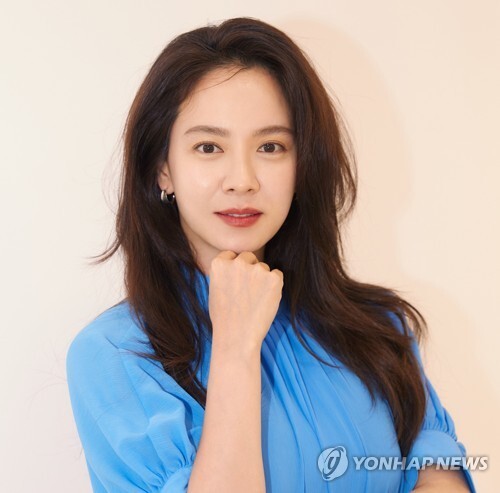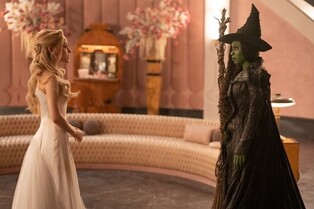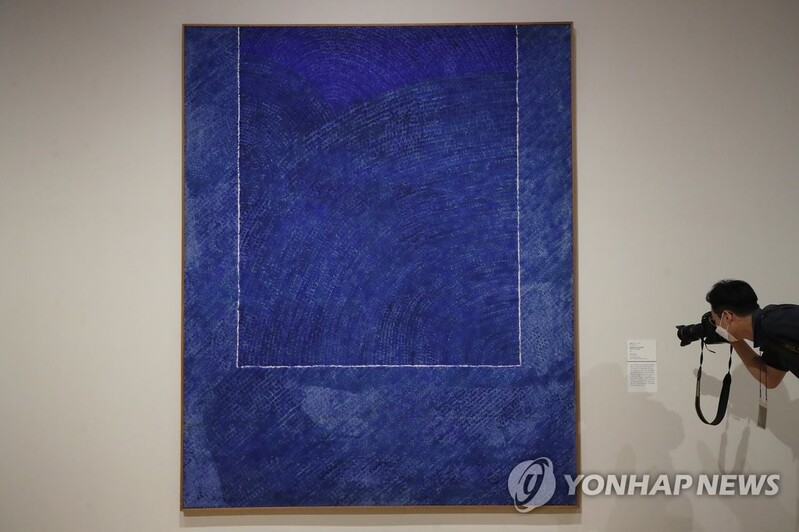 |
▲ This photo shows “Sanwulim” by Whan-ki Kim, displayed at the National Museum of Modern and Contemporary Art, Korea, in 2021. (Yonhap) |
 |
▲ This photo shows “Inwangjesaekdo," revealed at the National Museum of Korea, in 2021. (Yonhap) |
 |
▲ This photo, provided by the National Museum of Korea, shows an 'eagle head stone' of Aztec. (PHOTO NOT FOR SALE) (Yonhap) |
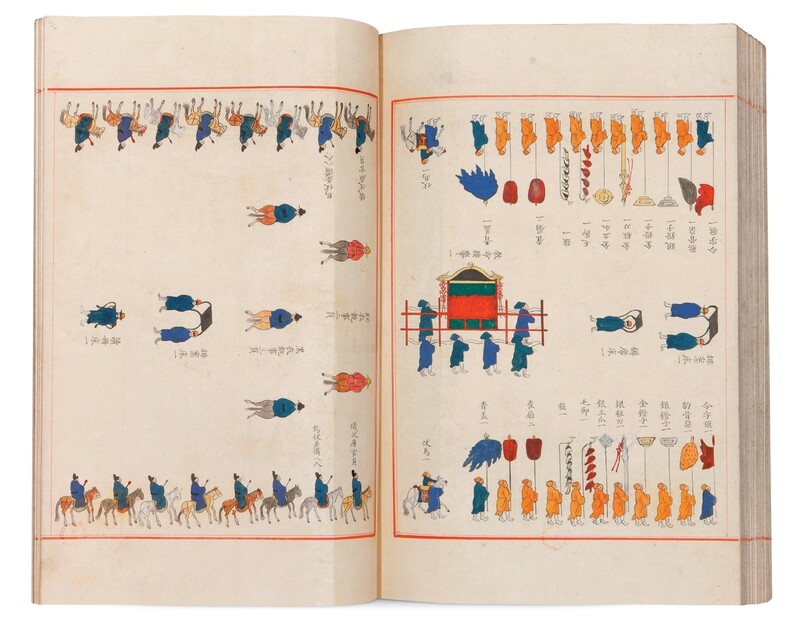 |
▲ This photo, provided by the National Museum of Korea, shows the Oegyujanggak Uigwe. (PHOTO NOT FOR SALE) (Yonhap) |
SEOUL, Feb. 13 (Yonhap) -- More than 300 pieces of data from ancient times to modern times will display on the 1st-anniversary exhibition of the Lee Kun-hee collection donation, which will kick off at the National Museum of Korea in April. The figure is more than double the 135 works submitted at the National Museum of Korea and the National Museum of Modern and Contemporary Art (NMMCA) last year.
According to this year's major business plan released by the museum on the 12th, Lee Kun-hee’s exhibition features “Inwangjesaekdo” (Clearing After Rain in Mt. Inwangsan) by Jeong Seon (pen name Kyomjae), a renowned painter of the Joseon Dynasty, Claude Monet’s “Water Lily Pond,” and “Sanwulim” (translated as the sound of mountains) by the master of modern Korean art Whan-ki Kim.
The exhibition, which opens from Apr. 28 to Aug. 28, will be co-hosted by the NMMCA and the National Museum of Korea which manages 23,000 cultural properties donated by Chairman Lee's family. Among the entries, 12 works of the Lee collection at five public art galleries will also be included.
The event, which tours around the country, will announce its start in Oct. in the National Museum of Gwangju. The exhibition is planned in consideration of the National Museum of Gwangju’s brand, which is ceramics. Next year, tours will be held in Daegu and Cheongju.
Other major exhibitions include the Aztec Civilization in May, the House of Habsburg treasure exhibition in October, and the Oegyujanggak Uigwe special exhibition in November.
The Aztec exhibition is the first show to promote the Mexico Astec civilization on a large scale in Korea following the 2009 Inca special exhibition and the 2012 Maya special exhibition. More than 210 exhibits, including the latest excavated cultural properties, will be unveiled.
The House of Habsburg treasure special exhibition, which will be held to commemorate the 130th anniversary of diplomatic relations between Korea and Austria, will display paintings and crafts from the Renaissance, Baroque period, owned by the Kunsthistorisches Museum in Vienna. The Joseon helmet and armor that Emperor Gojong gave to Austria’s Franz Joseph I, will also be displayed.
The Uigwe, Royal Protocols of the Joseon Dynasty exhibition will introduce research results of the Oegyujanggak Uigwe (ritual books which had been housed at a royal library established by the Joseon Dynasty on Gangwado Island), which were returned from France in 2011 as a lease. The show will present 297 Uigwe books and the objects and reproduced clothes mentioned in these books.
The "Egypt Room" will be changed to the "Mesopotamia Room." The Mesopotamia Room, scheduled to be unveiled in July, will display 67 works, including cuneiform materials and a sculpture depicting a lion, borrowed from the U.S. Metropolitan Museum of Art.
An exhibition will also be held to promote Korea’s artifacts abroad. At the U.S. Freer Gallery of Art and Arthur M. Sackler Gallery, an exhibition to re-emphasize the antefix ‘ridge-end tiles’ will open on May 21. A porcelain exhibition will open at the Gold Museum, Bogotá in Colombia, South America from Sep. 8.
Korean galleries in 5 museums across Europe, North America, and Southeast Asia, including the Hermitage Museum in Russia, will also be operated.
(END)
(C) Yonhap News Agency. All Rights Reserved


















